Quick Answer: Best All-Around Chicken Seasoning
The simplest, most versatile chicken seasoning blend that works for almost any cooking method combines: 2 parts paprika, 1 part garlic powder, 1 part onion powder, 1/2 part black pepper, and a pinch of cayenne. This foolproof mix delivers restaurant-quality flavor with pantry staples you already have. For immediate results, rub this blend under the skin of chicken breasts before baking or sprinkle generously on wings before air frying.
| Chicken Type | Fastest Flavor Boost | Time Needed |
|---|---|---|
| Breasts | Lemon-pepper + 30 min rest | 30 minutes |
| Thighs | Smoked paprika + garlic | 5 minutes |
| Wings | Buffalo dry rub (no sauce) | Instant |
| Whole Chicken | Lemon-herb butter under skin | 10 minutes |
Why Most Chicken Tastes Bland (And How to Fix It)
Home cooks consistently make three seasoning mistakes that lead to bland chicken:
- Using salt alone - Chicken needs layered flavors, not just salt
- Seasoning only the surface - Proper seasoning penetrates the meat
- Ignoring cooking method - Different techniques require different spice approaches
The solution isn't more spices—it's smarter spice application. This guide reveals exactly which spices work best for your specific chicken cut and cooking method, with no culinary degree required. Skip the scientific jargon and get straight to delicious results.
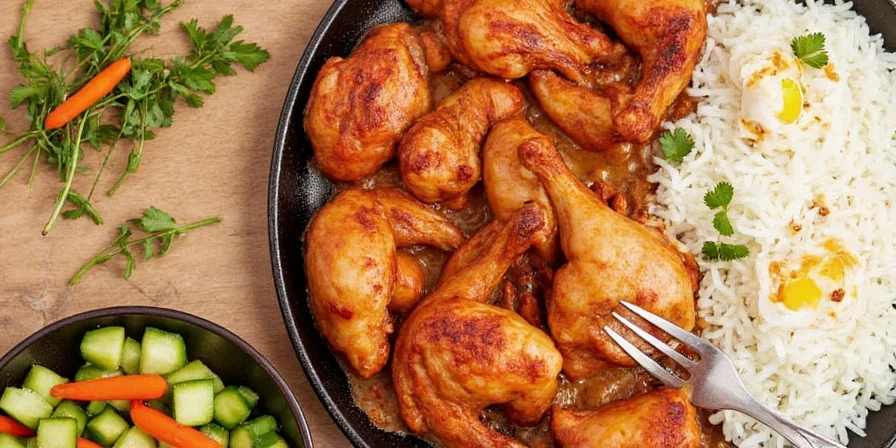
Fig. 1: Chicken with visible spice crust that creates maximum flavor
Table of Contents
- 7 Foolproof Chicken Seasoning Blends (Ready in 2 Minutes)
- Spice Blends by Cooking Method: What Actually Works
- 3 Seasoning Mistakes That Make Chicken Bland
- Quick Reference: Best Spices for Every Chicken Cut
- 5 Pro Tips for Flavor That Sticks (Not Rubs That Slide Off)
- Seasonal Shortcuts: What Spices Are Best Right Now
7 Foolproof Chicken Seasoning Blends (Ready in 2 Minutes)
These simple mixes use common pantry ingredients and work for 95% of chicken dishes. No obscure spices required.
1. Pantry Hero Blend (For Beginners)
- Recipe: 2 tbsp paprika, 1 tbsp garlic powder, 1 tbsp onion powder, 1 tsp black pepper, 1/2 tsp cayenne
- Best for: Baking, air frying, grilling
- Pro tip: Mix with 1 tbsp oil to create a paste that sticks better than dry rubs
2. Lemon-Herb Powerhouse (For Bland Chicken Fixes)
- Recipe: Zest of 1 lemon + 1 tbsp dried thyme + 1 tbsp dried rosemary + 1 tsp salt
- Best for: Chicken breasts, baked dishes
- Pro tip: Rub under chicken skin for instant moisture and flavor boost
3. 5-Minute Cajun Kick (For Boring Weeknight Dinners)
- Recipe: 1 tbsp smoked paprika, 1 tsp garlic powder, 1 tsp onion powder, 1/2 tsp thyme, 1/4 tsp cayenne, 1/4 tsp oregano
- Best for: Thighs, drumsticks, sheet pan meals
- Pro tip: Add 1 tsp brown sugar for caramelized crust on grilled chicken
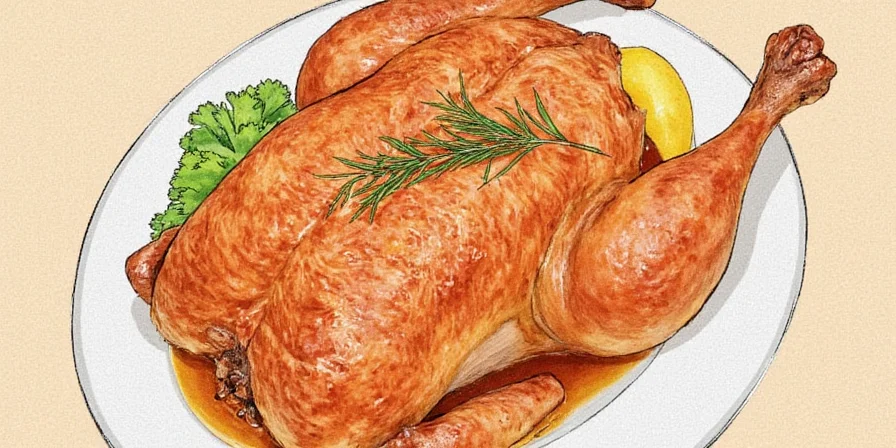
Fig. 2: Three essential spice blends ready to transform your chicken
Spice Blends by Cooking Method: What Actually Works
Stop guessing which spices work with your cooking technique. This cheat sheet matches spices to your method for guaranteed results:
Grilled Chicken
- Must-have spices: Smoked paprika, garlic powder, onion powder
- Avoid: Delicate herbs (they burn)
- Secret move: Add 1 tsp instant coffee to rub for deeper flavor without coffee taste
Baked Chicken
- Must-have spices: Dried thyme, rosemary, lemon zest
- Avoid: Spices with high oil content (they burn in dry heat)
- Secret move: Mix spices with 1 tbsp melted butter before applying
Stovetop (Pan-Fried)
- Must-have spices: Cumin, coriander, turmeric
- Avoid: Whole spices (they burn)
- Secret move: Add spices to hot oil first, then add chicken
Slow Cooker
- Must-have spices: Bay leaves, whole peppercorns, cinnamon stick
- Avoid: Delicate dried herbs (they lose flavor)
- Secret move: Add dried herbs in last hour of cooking
3 Seasoning Mistakes That Make Chicken Bland
Even with the best spices, these common errors sabotage your flavor:
Mistake #1: Seasoning Only the Surface
The fix: For breasts and thighs, carefully loosen the skin and rub spices directly on the meat. For skinless cuts, make tiny incisions and push seasoning inside.
Mistake #2: Using Only Salt
The fix: Salt enhances flavor but doesn't create it. Always combine salt with at least two other spices (like garlic powder + paprika) for complete flavor.
Mistake #3: Not Resting Seasoned Chicken
The fix: Let seasoned chicken sit 15-30 minutes before cooking. This gives time for flavors to penetrate (even without a marinade).
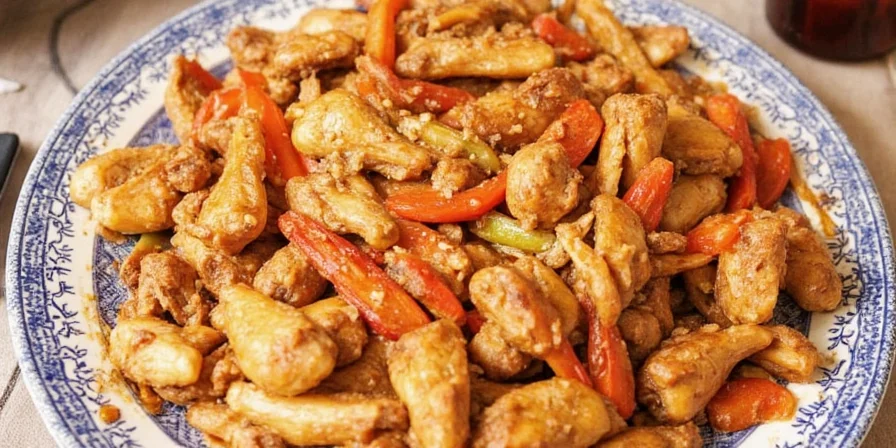
Fig. 3: Properly seasoned chicken with visible spice coverage
Quick Reference: Best Spices for Every Chicken Cut
Keep this chart bookmarked for instant seasoning decisions:
| Chicken Cut | Best Spice Blends | Time-Saver Tip |
|---|---|---|
| Breasts | Lemon-pepper, Italian seasoning, herb-garlic | Rub under skin with 1 tsp oil for instant moisture |
| Thighs | Smoked paprika blend, Cajun, jerk | No need to marinate - fat carries flavor perfectly |
| Drumsticks | Buffalo dry rub, garlic-pepper, honey-chili | Score skin for better spice absorption |
| Wings | BBQ dry rub, ranch seasoning, lemon-pepper | Toss in rub immediately after cooking for best adhesion |
| Whole Chicken | Lemon-herb, garlic-butter, za'atar | Stuff cavity with lemon halves + herbs |
5 Pro Tips for Flavor That Sticks (Not Rubs That Slide Off)
- The oil trick: Mix dry spices with 1 tbsp oil or yogurt to create a paste that adheres better
- Timing matters: For grilled chicken, apply rub 30 minutes before cooking (not hours)
- Salt last: Apply salt 10 minutes before cooking to avoid drawing out moisture too early
- Double dip: Season before AND during cooking for layered flavor
- Acid boost: Finish with lemon juice or vinegar to brighten flavors after cooking
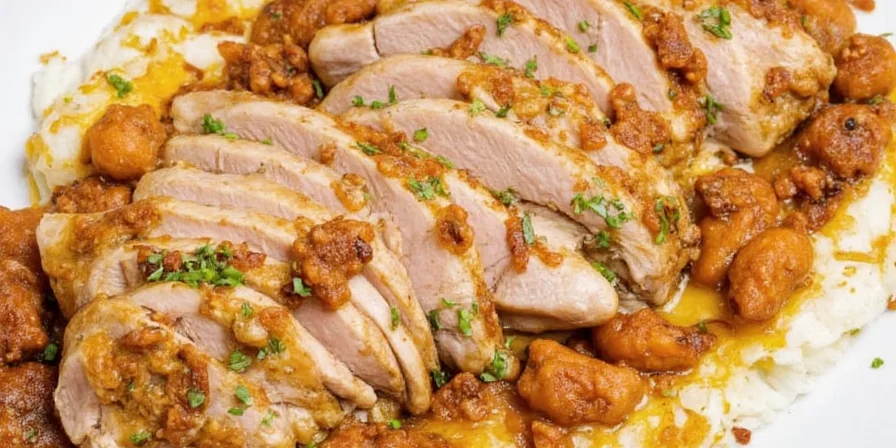
Fig. 4: How to apply seasoning to different chicken cuts for maximum flavor
Seasonal Shortcuts: What Spices Are Best Right Now
Get the most flavor with minimal effort by matching your spices to what's fresh:
Right Now in September
- Use more: Sage, rosemary, nutmeg, smoked paprika
- Pair with: Apples, pears, sweet potatoes, squash
- Why: These spices complement the natural sweetness of fall produce
Next Month (October)
- Start adding: Cinnamon, cloves, allspice
- Perfect for: Roasted chicken with root vegetables
- Bonus: These warm spices make chicken taste more comforting as temperatures drop
Stop Wasting Money on Bland Chicken
You don't need expensive specialty spices or hours of marinating to make delicious chicken. The secret is using the right spices for your specific cooking method and chicken cut—with the proper application technique. Implement just one tip from this guide (like the oil trick for better rub adhesion) and you'll notice an immediate improvement in your chicken's flavor.
Save this page for your next chicken dinner—it's the only seasoning reference you'll ever need. Bookmark our quick reference chart for instant answers when you're prepping dinner and don't have time to read through science-heavy explanations.
Frequently Asked Questions
What's the simplest seasoning for chicken breasts?
The easiest foolproof blend: 1 tsp garlic powder + 1 tsp paprika + 1/2 tsp black pepper. Rub under the skin with 1 tsp olive oil 30 minutes before baking at 400°F for 20-25 minutes.
How do I make chicken wings crispy with seasoning?
Toss wings in 1 tbsp baking powder + 1 tsp salt + 1 tsp garlic powder before air frying or baking. The baking powder creates ultra-crispy skin while the spices stick perfectly without sliding off.
Can I use the same seasoning for grilled and baked chicken?
Yes, but adjust the blend. Use the same base (paprika, garlic, onion), but for grilling add 1/2 tsp cayenne for charred flavor, and for baking add 1 tsp dried herbs. The oil trick (mixing spices with oil) works for both methods.
Why does my seasoning rub fall off when cooking?
Dry rubs slide off because chicken skin is naturally slick. Fix this by mixing your dry spices with 1 tbsp oil or yogurt first to create a paste. For grilled chicken, apply the rub 30 minutes before cooking—not hours ahead.

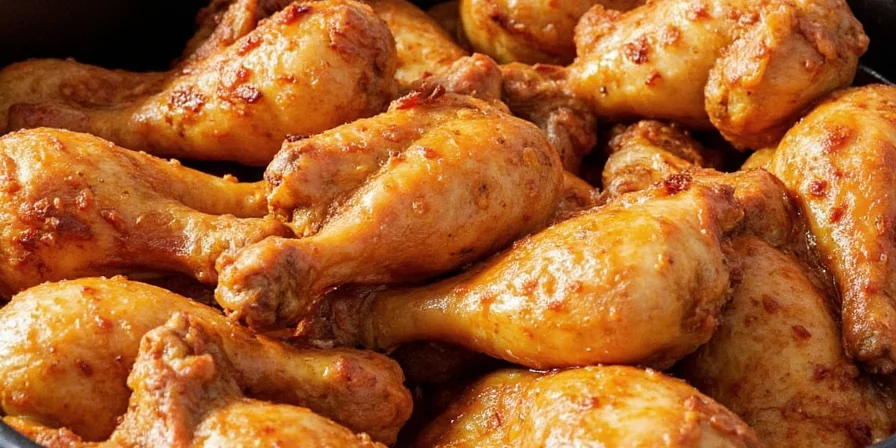









 浙公网安备
33010002000092号
浙公网安备
33010002000092号 浙B2-20120091-4
浙B2-20120091-4